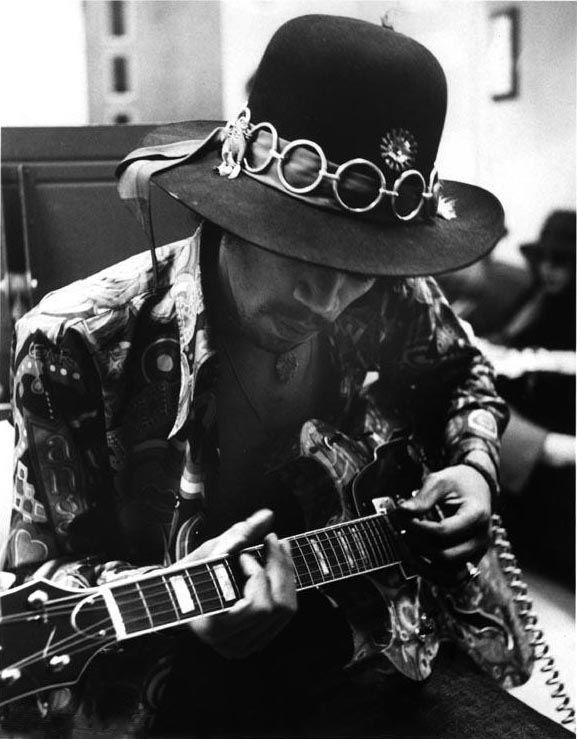Lick of the Week with Ian Cowan
In Ian’s words, “it’s more of a flourish than a lick”. To get that cool piano tone, no plectrums or picks here, rake and pull-off.
The Goya brand existed from the early 1950s to the mid 1990s. The name is derived from the Spanish painter, Francisco Goya, who occasionally depicted guitars in his artwork.
Goya guitars were originally manufactured in Gothenburg, Sweden by the Levin company which was a well-established classical guitar and folk instrument maker and distributed under their own name in Europe.
It was Jerome Hershman, heir to the Hershman Musical Instrument Company based in NYC, who stumbled across Levin at a trade show in Germany in 1952. He constructed a deal with Levin to be the USA distributor for their guitars, but insisted on a name change for the American market, hence “Goya”.
Whoa…GOYA NERDS ONLY
- 1954- Goya acoustics arrived in the U.S.
- 1959- Hershman Company began importing electric guitars for Hagstrom labeled Goya
- 1959- “Goya Guitars” incorporated as its own entity
- 1963- The Hagstrom/Goya relationship ended
- 1965- Goya introduced the solid body Rangemaster model, sourced mainly or exclusively in Italy
- 1965- Goya imported Greco badged guitars made by FujiGen of Japan
- 1966- Avnet Electronics Corp. acquired Goya Guitars, Avnet had just acquired Guild at that time
- 1968- Avnet/Goya ceased using Levin as their source for acoustic guitars
- 1970- Goya distribution rights were sold to Kustom Electric (amps) in Kansas, Kustom was sold to Baldwin Pianos in 1972 and the Goya brand was picked up by Dude, Inc, also based in Kansas.
- 1973- C.F. Martin bought out Levin.
- 1976- Dude Inc. sold the Goya brand to C.F. Martin
C.F. Martin used the Levin facility as their European headquarters and actually produced approximately 200 Martin badged models, the LD-18.
As far as the Goya brand is concerned, Martin sourced acoustics from Asia and distributed them under the Goya brand until 1990.
Whoa…BACK ON TRACK
Avnet continued the Goya electric guitar odyssey and presented the star of this show, the thinline Goya Rangemaster model 109. A delectable double florentine cutaway that entered the scene in 1966 and was cataloged until 1969. This guitar was built in Italy by the ZeroSette company, originally an accordion manufacturer.
Of peculiar interest are the f-hole locations, placed lower than usual. And typical of many accordion turned guitar builders of the era this model is not short on switches.
Goya Model 109 Rangemaster specs:
- Mahogany body
- Mahogany neck
- Fully bound body (8-ply on the front) and f-holes
- Two split single coils
- Master volume control
- Three tone switches (low, med, high)
- Pickup switch configuration (full, 1+2, 1+4, 2+3, 3+4, off).
- Corresponding pickup numbers were labeled on the pickup ring
The Rangemaster was also offered as a single cutaway model (venetian and florentine) with an optional Goya vibrato. As a side note, the classical guitar that Julie Andrews plays in “The Sound of Music” is a Goya.




